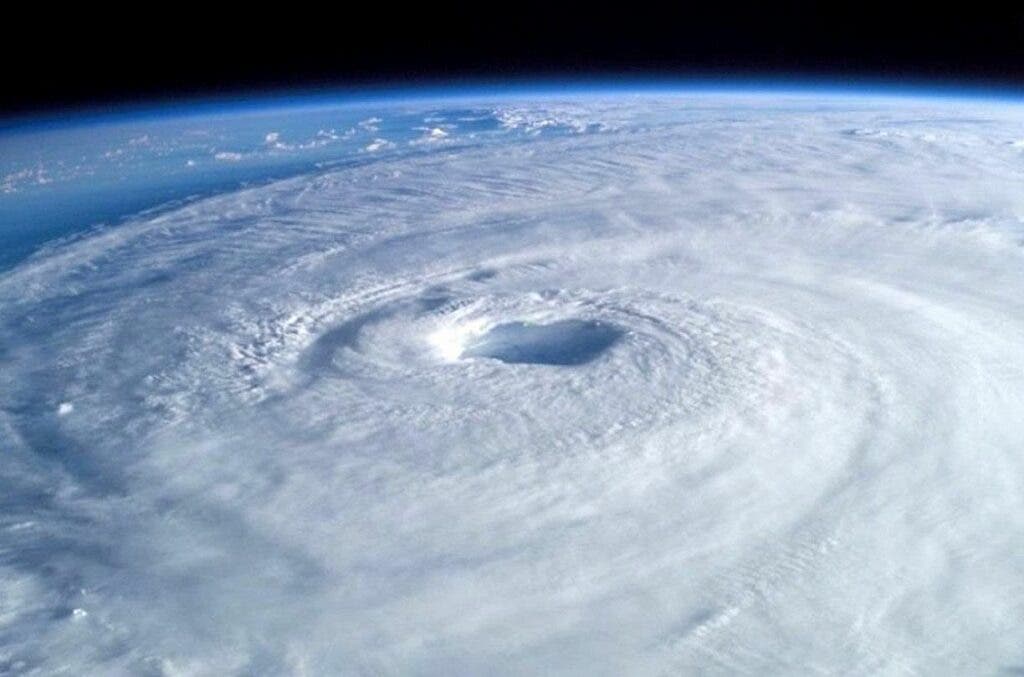Tropical cyclones, also known as hurricanes or typhoons, have been moving ever faster since 1982, according to a new study.

The research, led by members from the University of Hawai’i at Mānoa School of Ocean and Earth Science (SOEST), found that such storms have been steadily picking up pace in the last four decades. At the same time, it reports an uptick in hurricane frequency in the North Atlantic region over the same timeline, and that such storms are increasingly moving towards the poles in both the Atlantic and Pacific Oceans.
Storms a-brewing
“For people in Hawai’i, the threat of hurricanes is always there every year,” said Pao-Shin Chu, atmospheric sciences professor at SOEST. “If hurricanes move faster they would pose danger to coastal communities and emergency managers because they would have less time to prepare for evacuation and other measures.”
The authors explain that such findings are incredibly important for the US as a whole, not just the islands of Hawai’i. Roughly 40% of the country’s total population lives in coastal areas, making them very vulnerable in the face of tropical storms and hurricanes.
The study looked at tropical cyclones since 1982, when reliable satellite data on the topic first became available. Using this data, they determined the frequency of cyclone formation, where they formed, and how their speeds evolved globally and by region. The speeds considered here are of translation, not rotation — i.e. how fast the storms are moving across the landscape, not how fast they’re turning around the eye of the storm.
“Given that TC [tropical cyclone] activity in the North Atlantic is closely related to the Atlantic Multi-decadal Oscillation and a poleward shift of TC exposure is likely induced by global warming, the recent increase in the global-mean TC translation speed is a joint outcome of both natural variations and anthrophonic effects,” the paper reads.
All in all, the translation speed of tropical cyclones has increased by roughly 0.31 km h−1 per decade over the last four decades. Such storms are also increasingly moving away from the equator towards the poles, so areas that weren’t traditionally exposed to hurricanes might need to prepare for such events in the future.
The paper “An increase in global trends of tropical cyclone translation speed since 1982 and its physical causes” has been published in the journal Environmental Research Letters.









